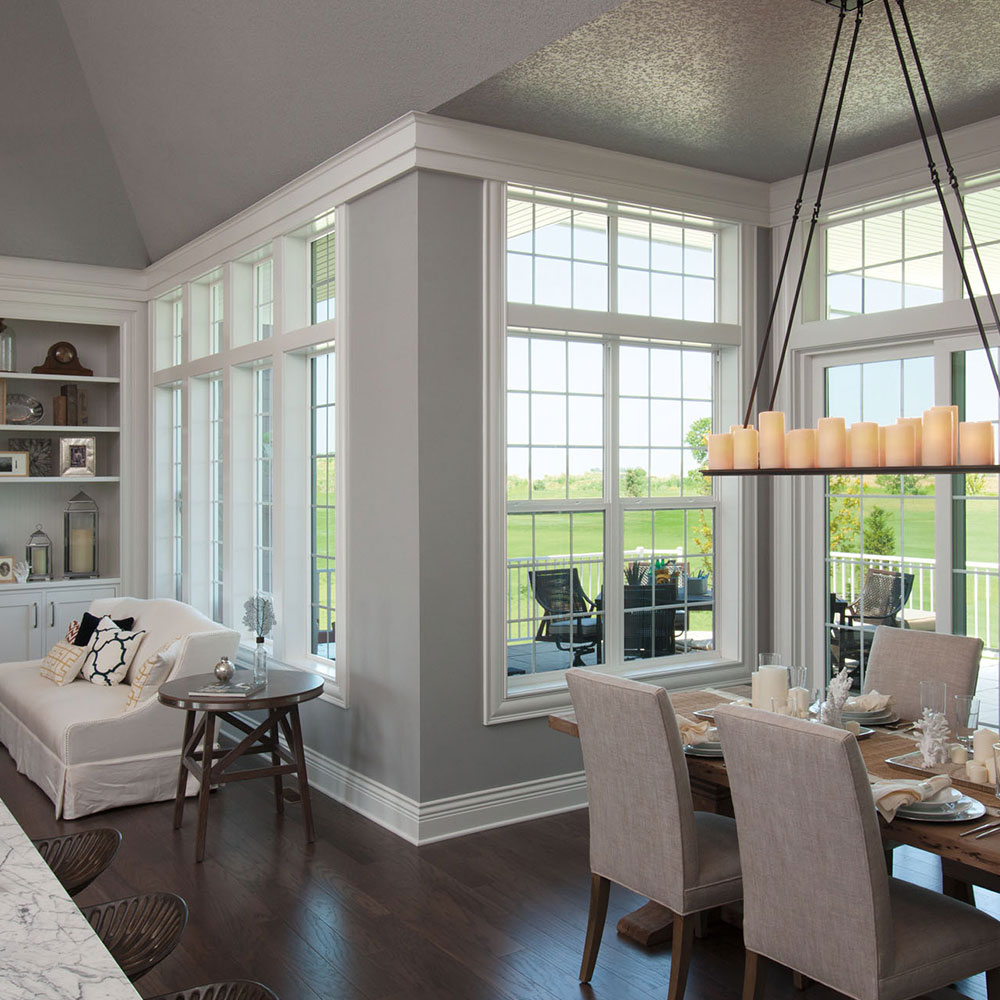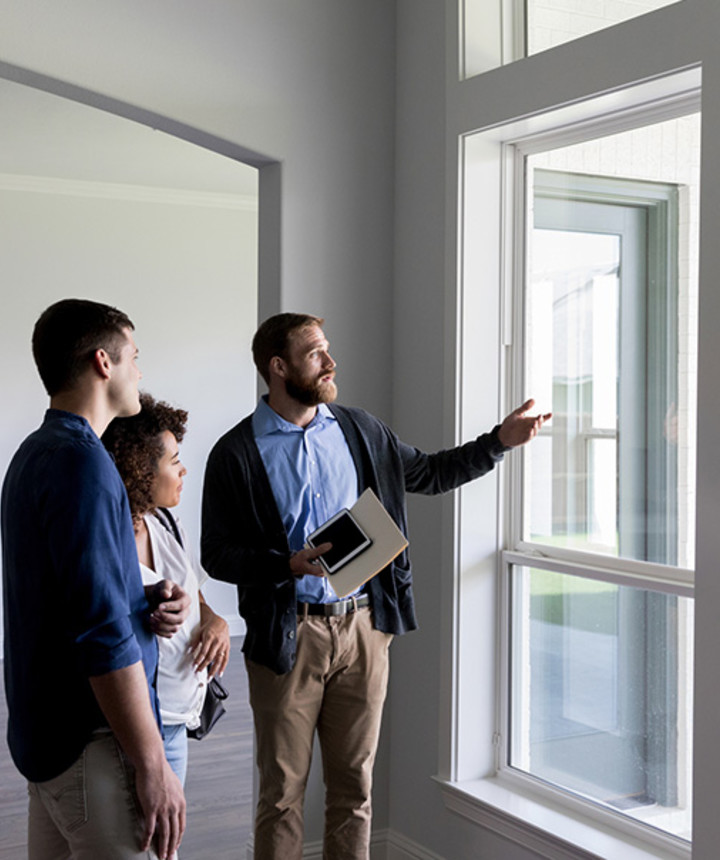High-Quality Window Replacement Solutions in Your Location
High-Quality Window Replacement Solutions in Your Location
Blog Article
Upgrade Your Home With Energy-Efficient Home Window Replacements
In the world of home improvement, the decision to update to energy-efficient home window replacements can substantially affect both the performance and aesthetic appeals of a house (Cypress window replacement). As house owners look for means to enhance the effectiveness and sustainability of their home, the option of home windows plays a crucial duty in achieving these goals. Past the surface level of mere aesthetics, energy-efficient windows supply a multitude of benefits that go beyond simple aesthetic allure. With a careful choice process that takes into consideration numerous aspects, from glass types to installation strategies, starting this home upgrade trip can prove to be a transformative undertaking.
Advantages of Energy-Efficient Windows

The installment of energy-efficient windows provides substantial savings on utility bills while improving environmental sustainability. Energy-efficient home windows are designed to minimize warmth loss and gain, minimizing the requirement for home heating and cooling down systems to burn the midnight oil. By successfully protecting the home, these home windows aid maintain a comfortable interior temperature year-round, causing lower power consumption and decreased utility costs. Furthermore, energy-efficient home windows can assist regulate wetness degrees within the home, lowering the risk of mold and mold growth.
Beyond the financial benefits, energy-efficient windows add to environmental sustainability by reducing carbon emissions connected with energy production. By decreasing energy use, these home windows help reduce the ecological effect of lighting, heating, and cooling domestic areas. This decrease in power intake plays a vital role in combating environment change and promoting a greener future for generations to find. Generally, spending in energy-efficient windows not only boosts the convenience and efficiency of a home but likewise aligns with ecologically conscious methods.
Sorts Of Energy-Efficient Glass
Numerous advanced sorts of energy-efficient glass deal unique residential or commercial properties that provide to various requirements and preferences in improving the sustainability and efficiency of buildings. Low-emissivity (Low-E) glass is a prominent option designed to decrease the quantity of ultraviolet and infrared light that can go through the glass, consequently minimizing heat transfer. This kind of glass assists keep a constant interior temperature level, reducing the demand for heating or cooling systems, and ultimately lowering power expenses. Another cutting-edge alternative is spectrally selective glass, which permits noticeable light to go through while obstructing specific kinds of infrared radiation. This assists in keeping a comfortable interior atmosphere while minimizing warmth gain. Triple-pane glass, including three layers of glass with protecting gas between them, gives improved thermal insulation, making it highly energy-efficient. Furthermore, self-cleaning glass with a special layer that breaks down and loosens up dust when subjected to sunlight can minimize maintenance requirements and maintain home windows looking clean. Each sort of energy-efficient glass uses distinct advantages, enabling home owners to choose one of the most ideal option based on their certain requirements and objectives.
Aspects to Take Into Consideration When Choosing
When contemplating energy-efficient window substitutes, it is crucial to carefully evaluate particular aspects that line up with your sustainability purposes and wanted energy cost savings. One important variable to take into consideration is the home window's power performance rankings, such as the U-factor and Solar Warmth Gain Coefficient (SHGC) The U-factor measures how well the window insulates, with lower numbers indicating much better insulation, while the SHGC indicates the window's ability to block heat from sunlight. Additionally, the window structure product plays a significant role in energy performance. Products like fiberglass, plastic, or wood with thermal breaks are superb choices for decreasing warm transfer. One more important factor to consider is the home window design and positioning worrying sunshine exposure. Picking the right window design and purposefully putting them can maximize all-natural light while lessening warmth gain or loss. Last but not least, setup high quality is key to making sure the home windows do as intended. Correct installment helps protect against air leakage, guaranteeing optimum energy efficiency. By carefully examining these variables, you can choose energy-efficient windows that boost comfort, reduce energy costs, and profit the atmosphere.
Installment and Upkeep Tips

Regular upkeep is vital to maintaining the efficiency of your energy-efficient windows. Inspect the home windows regularly for any kind of indicators of wear, damages, or sealant degeneration. Clean the frames, tracks, and glass frequently making use of light soap and water to get rid of dirt and grime that can affect performance. Check the weather-stripping and seals for any type of spaces or best site tears and replace them if needed to maintain the home windows' energy performance.
On top of that, lube relocating components such as locks and hinges to ensure smooth operation. By following these installation and upkeep tips, you can boost the power performance of your home and prolong the life-span of your energy-efficient home windows.
Cost-Benefit Analysis of Upgrading

Energy-efficient home windows are developed to reduce heat transfer, reducing the requirement for heating and cooling systems to burn the midnight oil. This can lead to considerable cost savings on power costs, specifically in areas with extreme temperatures. Additionally, energy-efficient windows can improve the overall worth of your home, making it much more attractive to prospective customers if you determine to offer in the future.
When calculating the cost-benefit evaluation, element in the potential cost savings on power costs, any offered incentives or rebates, and the life-span of the home windows. While the first price might be greater, the lasting cost savings and advantages of energy-efficient windows make them a clever investment for homeowners aiming to boost their residential or commercial property's energy performance and value.

Conclusion
To conclude, upgrading to energy-efficient home window substitutes offers many benefits such as decreased energy intake, boosted comfort, and expense savings. By selecting the ideal kind of energy-efficient glass and taking into consideration factors like structure material and installation, property owners can take full advantage of the performance of their windows. Routine maintenance and proper setup are essential for long-term efficiency. Generally, the cost-benefit analysis of updating to energy-efficient home windows shows that the initial financial investment can bring about substantial financial savings over time.
When pondering energy-efficient home window substitutes, it is essential to carefully assess specific elements that straighten with your sustainability objectives and preferred energy savings. The U-factor measures retrofit double glazed windows how well the check it out home window insulates, with reduced numbers suggesting much better insulation, while the SHGC suggests the window's ability to obstruct warm from sunlight. By thoroughly assessing these aspects, you can choose energy-efficient windows that boost comfort, decrease power expenses, and profit the environment.
While energy-efficient home windows might have a greater upfront price compared to traditional home windows, the long-lasting advantages usually outweigh the initial investment.In final thought, upgrading to energy-efficient window substitutes uses numerous advantages such as minimized power usage, increased comfort, and cost financial savings.
Report this page